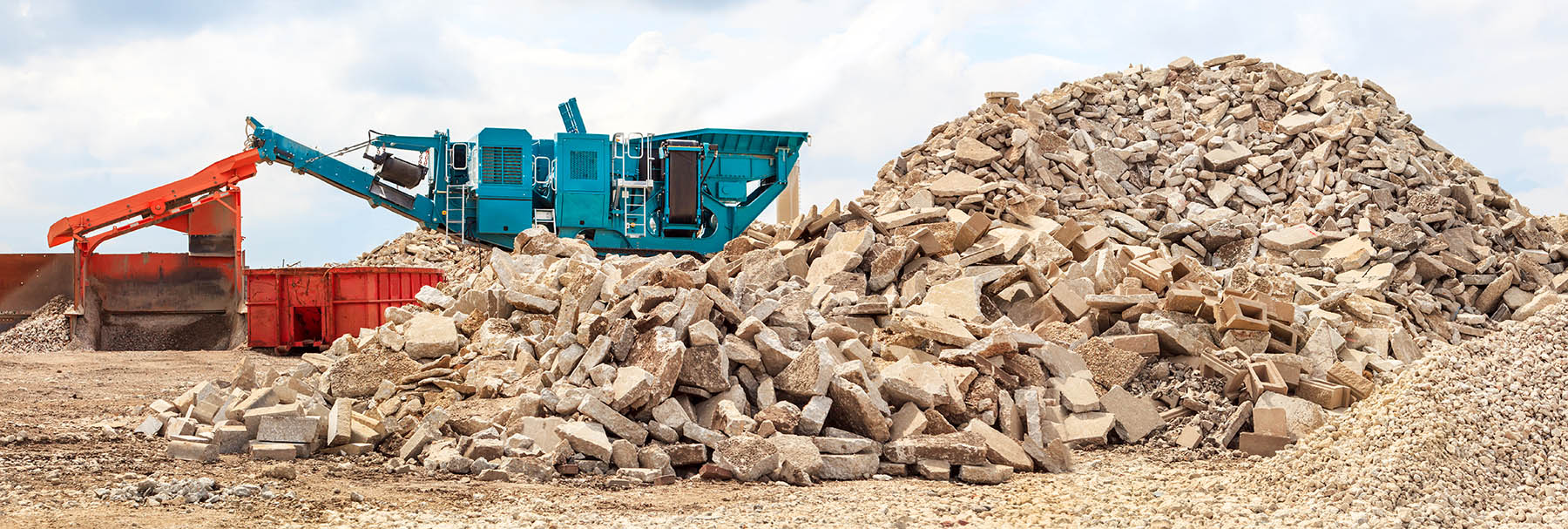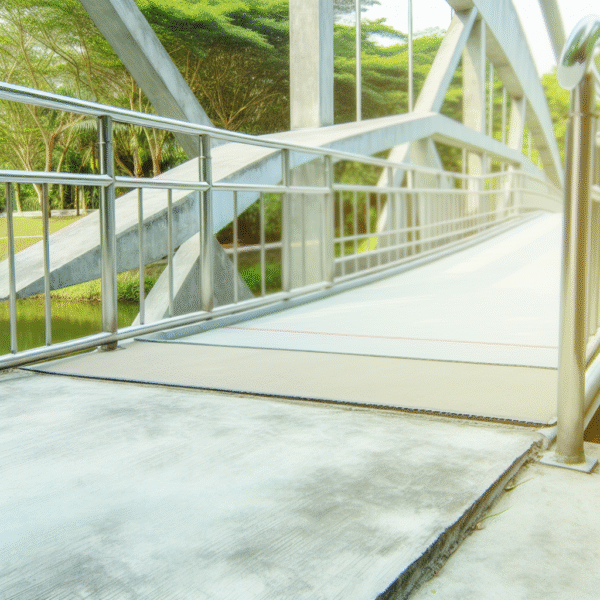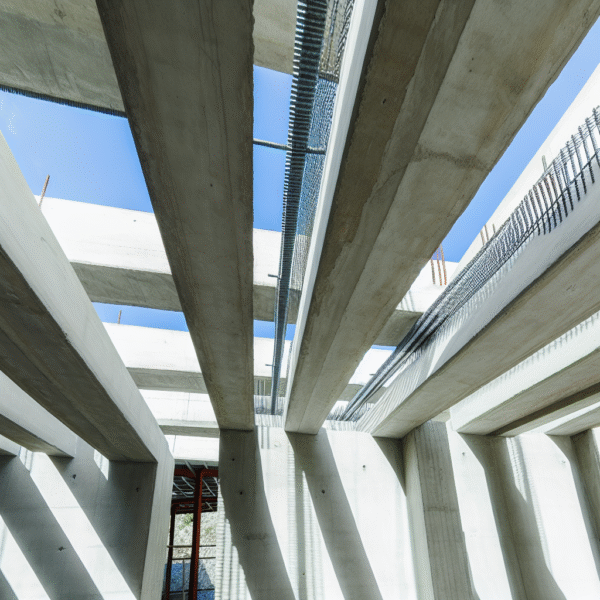Understanding Concrete Recycling
Concrete recycling is a sustainable practice that involves repurposing waste for use in new construction projects. Instead of sending concrete debris to landfills, recycling allows for the reuse of materials, reducing waste and minimizing the environmental impact of construction activities.
Concrete recycling can be achieved through various methods, including crushing, grinding, and screening old material to produce recycled aggregates. These aggregates can then be used as a substitute for virgin aggregates in new concrete mixes. Additionally, concrete rubble can be crushed and used as a base material for roads, driveways, and other construction applications.
Benefits of Recycling
Concrete recycling offers several benefits to both the environment and the construction industry. By diverting waste from landfills, recycling helps conserve valuable landfill space and reduces the need for new raw materials, such as aggregates and cement. This not only saves natural resources but also reduces energy consumption and greenhouse gas emissions associated with the production of virgin materials.
Furthermore, using recycled concrete aggregates in construction can lead to cost savings for builders and contractors. Recycled aggregates are often cheaper than virgin materials, making them an economically viable alternative for various construction applications. Additionally, recycled concrete can exhibit comparable performance to traditional concrete, ensuring quality and durability in construction projects.
Applications of Concrete Recycling
This type of recycling finds applications in a wide range of construction projects, including road construction, building foundations, and landscaping. Recycled concrete aggregates can be used as a base material for roads and pavements, providing a sustainable alternative to traditional gravel or crushed stone. In building construction, recycled concrete can be used for subbase layers, structural fill, and even as an aggregate in new concrete mixes.
Challenges and Considerations
While there are numerous benefits to recycling, there are also challenges and considerations to address. Proper sorting and processing of concrete debris are essential to ensure the quality and integrity of recycled aggregates. Additionally, transportation and logistics may pose logistical challenges, especially for large-scale recycling operations. Proper planning and investment in infrastructure can overcome these challenges, paving the way for increased adoption of concrete recycling practices.
Final Thoughts
This is a valuable strategy for reducing waste and minimizing the environmental impact of construction activities. By repurposing waste concrete into new materials, recycling conserves resources, reduces landfill usage, and promotes sustainability in the construction industry. As awareness of the environmental benefits of concrete recycling grows, its adoption is expected to increase, driving positive change in construction waste management practices.




